- Home
- Technology
- Ricoh's Technology
- Color QSU Technology by Direct Heating System
Color QSU Technology by Direct Heating System
The Direct Heating (DH) Fixing System significantly reduces the heat required for the fusing roller in a multifunction printer while improving heat transfer efficiency. Heating the fusing roller directly with a halogen heater makes it possible to reconcile energy-saving and high-definition printing without spoiling the user-friendliness of multifunction printers.
Ever Evolving QSU Technology Achieved Ease of Use and Energy Saving Simultaneously
In energy saving for multifunction printers, it is essential to reduce power consumption at standby, which is said to be about 90%*1 per day. "energy-saving mode" was created to automatically shift to a power-saving status when a certain time passes while the device remains idle. QSU (Quick Start-Up) is a technology to quickly recover a multifunction printer so it can be ready for use from energy-saving mode (sleeping), but the time required for start-up depends on the time needed to warm the fusing roller to operating temperature after falling cold.
*1: Assuming a 40 sheet/min device operated 20 days in an office, outputting 50,000 sheets monthly.
Ricoh has been developing QSU technology for over 25 years to provide customers with this energy-saving mode and stress-free operation. Since 2013, we have been selling multifunction printers with “the 4th generation color QSU technology (DH fixing system)” using a direct heat system. The “IM C2510/C3010/C4510/C5510/C6010”*2, launched in 2023, sharply shortened recovery time from sleep mode to 6 seconds, besides achieving an industry-leading energy saving*3 in standard power consumption (TEC 2018)*4. (For details on the environmental performance of every model, please see our product page.)
*2: The result after using the Color PxP-EQ Advanced Toner, which achieved low-temperature fixing, a smart position motor, and a low-power driven application-specific integrated circuit (ASIC).
*3: As of February 6, 2023, based on studies by Ricoh
*4: The value is measured according to the method determined by the International Energy Star Program
Challenge a Fixing Technology to Provide Immediate Warm-up and Transfer Heat Efficiently
The fusing unit, shown in Figure 1, uses the fourth-generation QSU technology, which eliminates the heating pipe at the inner side of the fusing roller. It adopts a new structure to warm the fusing belt directly with a halogen heater. This enables the creation of a smaller diameter fusing roller (belt) with a thinner wall to reduce the heat required significantly. Beyond that, the new system uses a fixing pad to maintain contact width rather than using the elasticity and larger diameter of the roller. It is structured to secure the necessary contact width for fixing and to keep the equivalent heat quantity given to a toner, even if the roller diameter is small.
These iterations solve issues with the third-generation IH fixing system in which the configuration becomes oversized by such components as the magnet coil while they deliver excellent thermal efficiency. The new technology makes possible a compact fusing unit that warms up immediately, allowing efficient heat conduction. Beyond that, an in-house life cycle assessment*5 calculated a 30% reduction in environmental impact.
*5: To assess the degree and type of environmental impact quantitatively, from resource extraction of raw material for manufacture through the manufacturing process, transportation, sales, use, maintenance, recovery, and disposal.
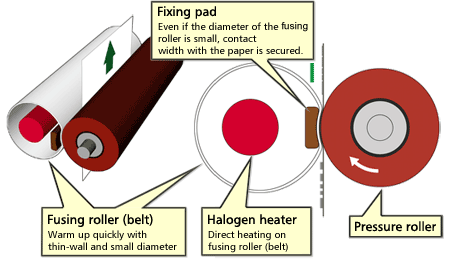
Figure 1: Fusing unit with the fourth-generation QSU technology
Transition of QSU technology
QSU technology evolved through the following technology developments and iterations to arrive at the fourth-generation.
First-generation (Monochrome, middle, and low-speed devices): 2001 -
The conventional fusing roller took time to warm up but did not cool down quickly. To lower the heat required for the roller, we reduced the thickness of the roller wall and developed a technology to equalize temperature distribution by controlling multiple heaters. Further, to improve the efficiency of heat transmission, we adopted a sponge pressure roller and enlarged the contact width of the fusing roller with the paper. The start-up time, which was 30 seconds with conventional devices, was shortened to achieve a first-in-the-world start-up time of 10 seconds with a monochrome device.
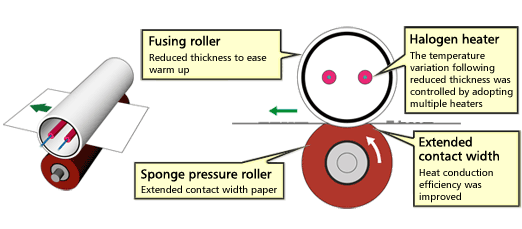

Second-generation (Monochrome, high-speed devices): 2003 -
The first-generation thin-wall fusing roller was easy to warm up and cool down, so when high-speed printing of 75 sheets a minute was done, the heat of the fusing roller was transferred to the paper. This makes it impossible to maintain copying quality and processing speed. As a remedy, we used an electric storage capacitor technology capable of fast charge and discharge. Electric power during standby was stored in the capacitor as auxiliary power, which was used to replenish the heat of the roller taken away by paper through an auxiliary heater. We achieved a start-up time of 10 seconds and below in high-speed devices.
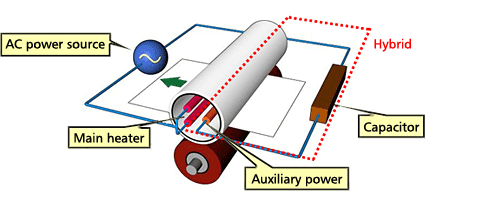

Third-generation (Color): 2008 -
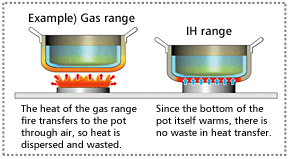
Color devices require far greater heat than monochrome devices to fix multiple colors of toner on paper. We, therefore, adopted IH technology for the fusing roller itself to generate heat using magnetism and succeeded in improving heat transfer efficiency. We achieved a quick start-up time of 9.9 seconds*6, the first time less than 10 seconds was achieved in color devices.
*6: imagio MP C3301/C2801 (Released in 2010).
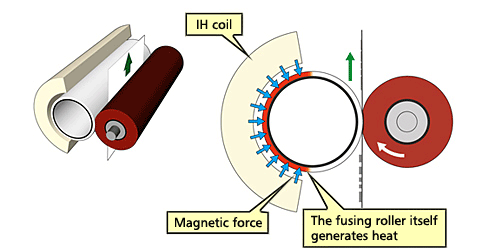
Sorted by: field “Electrophotographic” “Energy Conservation” | product type “Printing” “Environment”